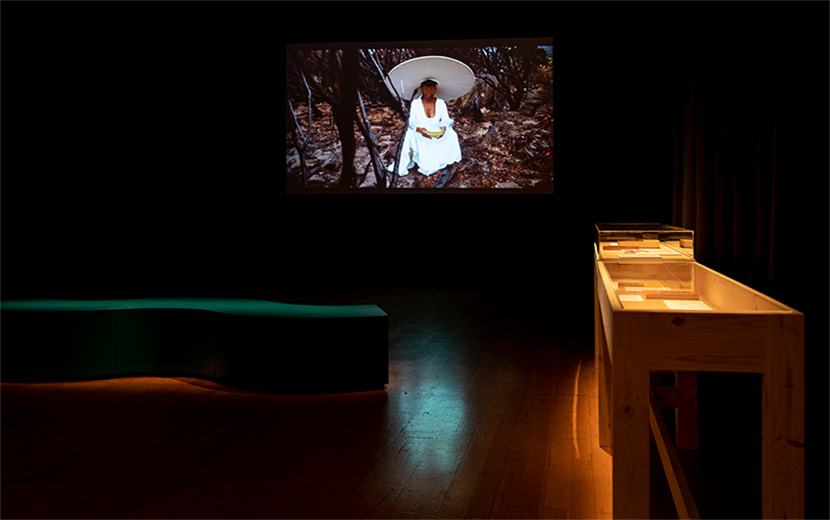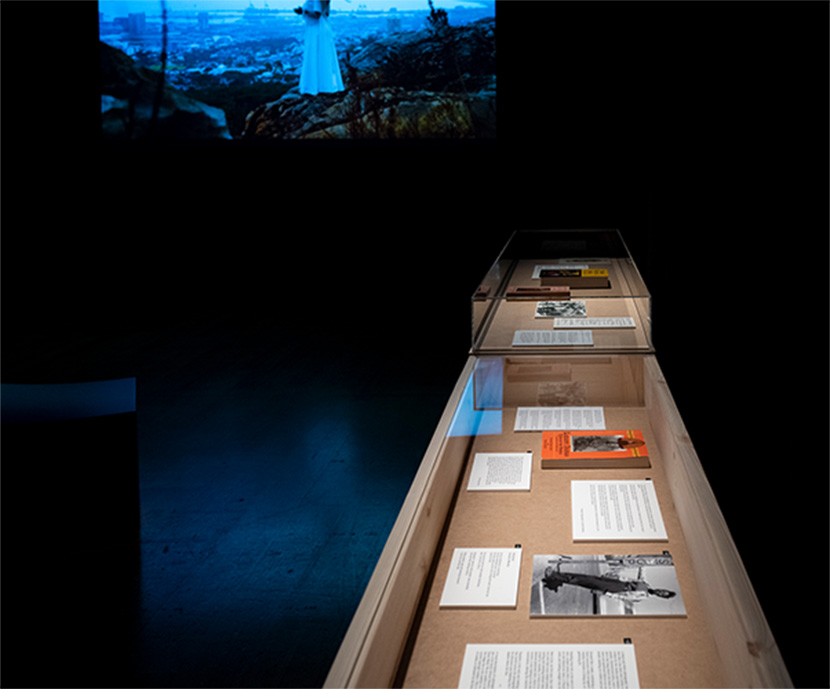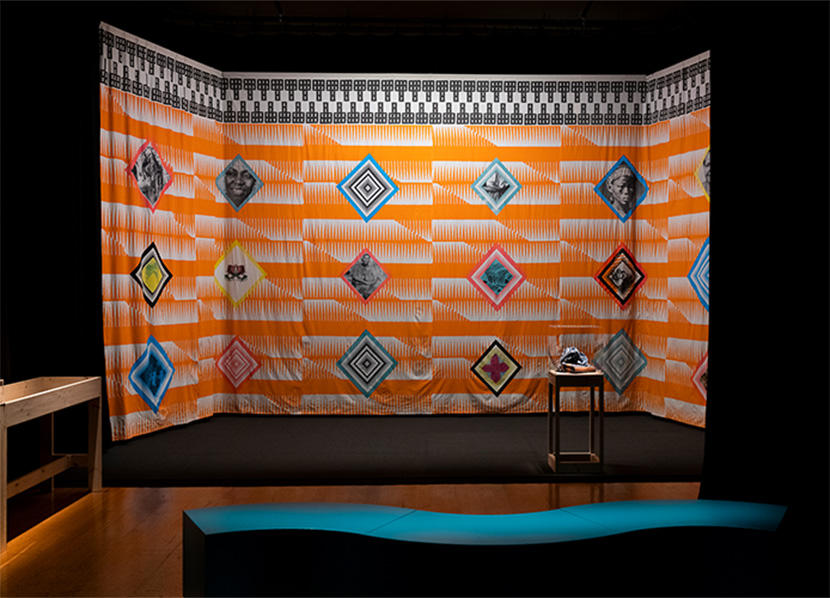Forgotten South African heroines made rightfully visible
Arts House’s latest exhibition is reshaping the way often-forgotten African women were portrayed by non-African people and men, with South African women at the forefront of telling the historical stories.
Curated by Roberta Joy Rich and Naomi Velaphi, And she was wearing trousers: a call to our heroines has been in the works since 2019 after many interruptions delayed the opening until June 30 this year.
Considering the exhibition has been a “long time coming”, Ms Velaphi said that both she and Rich were hopeful and determined to share the work of artists from South Africa and artists who identified as African-Australian.
“The seven artists we have brought together have come from different artistic backgrounds as we made a conscious decision to work with performers as well as musicians, which is a bit more unique,” Ms Velaphi said.
The artists, performers, photographers and creatives contributing to the exhibition are Kirsty Marillier, Rara Zulu, Tariro Mavondo, Nontsikelelo Mutiti, Jabu Nadia Newman, blk banaana and Sethembile Msezane.
From sound installations to video work, music video stills, press photographs, collages and typography, the artists are using their unique skills and talents to explore hope, loss, love and determination.
The works also serve to prove their selected heroine is an inspiration and powerful in her own right, despite sometimes being labelled as contentious.
“This project has really allowed us to get a sense of these women characters who, when you look at the archives, are often not written in the best light,” Ms Velaphi said.
“Brenda Fassie was really hounded by the media, and they clung on to all her flaws. She was one of the most famous singers and pop stars South Africa has ever seen and she was a mother, but instead she was known for drug and alcohol addiction.”
Alongside Brenda Fassie, some of the other chosen heroines of Southern Africa explored in the exhibition are Dorothy Masuka, Krotoa, Thenjiwe Lesabe and Queen Lozikeyi.
The inspiration for the exhibition came about when Velaphi, whose father is Zimbabwean, and Rich, who is of South African heritage, were at a library curiously seeing if they could learn more about the women before them and where they came from.
But the results of the search were “limited”.
“Through this exhibition we were hoping to put some names out there of people [who] are not heard of and for people to go on their own journey of discovery,” Ms Velaphi said.
“We were really trying to pick up the things that people often buried or turned on these women and to look at a new perspective from a black female position.”
Alongside the emotive pieces, the curators also ran a collaborative community workshop and brought together eight Melbourne-based Afro-diaspora women to create an additional element of the exhibit.
The result of the four-metre by nine-metre brightly coloured textile print, inspired by African wax prints, came about from the use of screen printing a range of images and objects that represented the strengths of African women.
Created by local women who are not necessarily considered artists, the work adds to the exhibition’s purpose of identifying the strengths of the heroines and how they inspire the future.
And she was wearing trousers: a call to our heroines will run at the Arts House until August 6. •

Affordable housing proposed on council land






 Download the Latest Edition
Download the Latest Edition